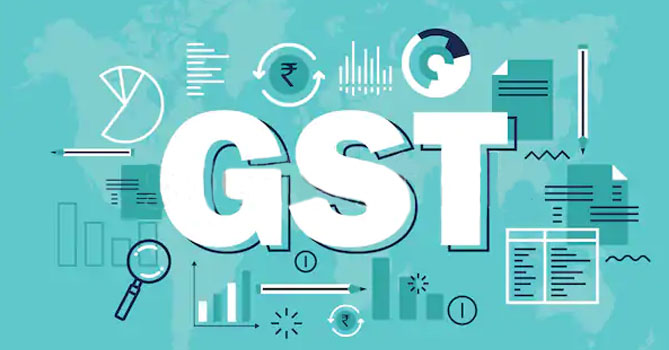GST refers to the Goods and Services Tax levied on supply, and the government collects it across the country. PM Narendra Modi introduced the GST at midnight of July 1, 2017.
GST is an indirect tax that the customer does not pay to the government but goes through the services provider. It comes in place of central taxes such as central excise, service tax, additional duties of excise & customs, special additional duties of customs.
The central government imposes CGST on inter-state supplies, while the respective state governments levy SGST on them. The integrated GST is also imposed on the supply of goods and services without bifurcation on the applicable GST rate. The Union Territory GST gets into procedure when the transaction occurs within a union Territory without legislature. Example: Ladakh and Chandigarh
The preparations for GST began two decades ago under the Atal Bihari Vajpayee government. The government put it into effect after numerous considerations. First, it required a constitutional amendment, including a nod given by the two-thirds majority in the Parliament with over half of the states.
Following are the characteristics of GST
- It offers the provision of auto-populated monthly returns and annual returns.
- It views all transactions and processes done only through the electronic mode to attain a non-intrusive administration. It conforms to technology and reduces the taxpayer’s interface with tax officials.
- It paves the way for taxpayers by permitting a refund within 60 days and the provisional issue of a 90 % refund to exporters within seven days.
- Further measures comprise interest payment if the refund is not approved timely and refund to be directly credited to bank accounts.
What products or services are exempted under GST?
- Alcohol: The GST is not applicable to alcohol for human consumption. The states hold the power to tax entirely. It has increased the overall cost due to the rise in taxes on the inputs across the country.
- Petroleum products: Five petroleum products, such as diesel, crude oil, petrol, natural gas and ATF, are not under the ambit of GST. BJP leader Sushil Modi said, “Repeatedly, the issue of putting petrol and diesel in the GST regime is being raked up. I have been associated with the GST for a long time. I want to know from the House, that if petrol and diesel are put under the GST regime, who will compensate for the loss of revenue of over ₹2 lakh crore to states.”
- Entertainment tax: The power to decide on entertainment tax levied by local bodies remains with the states.
- Exception in Indian Railways: Instead of the destination, the origin of the journey gets taken into account on the Indian Railways ticket. For instance, if Rajdhani Express is in Delhi, on the tickets from Delhi, CGST and SGST will be imposed, while IGST will be applied when the journey begins from a place other than the national capital.
GST calculation
The current GST rates in India are 5%, 12%, 18% and 28%. Therefore, various stakeholders such as businesses, wholesalers, manufacturers and retailers can figure out their GST amount through the method stated below:
For adding GST, GST Amount = (Original Cost x GST%)/100
Net Price = Original Cost + GST Amount
For removing GST, GST Amount = Original Cost – [Original Cost x {100/(100+GST%)}]
Net Price = Original Cost – GST Amount
Example: If a shoe is gets sold at Rs. 500, and the GST rate on it is 18%. The gross amount of the product will be 500 + (500 x (18/100) = Rs. 590





